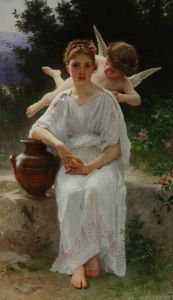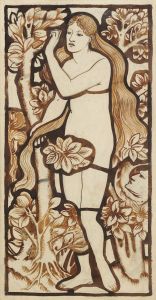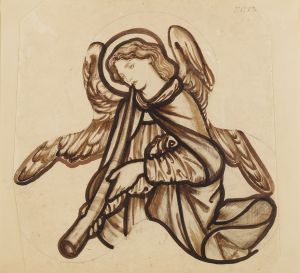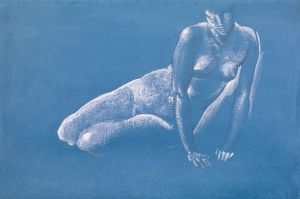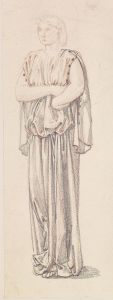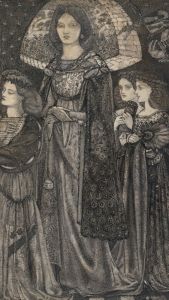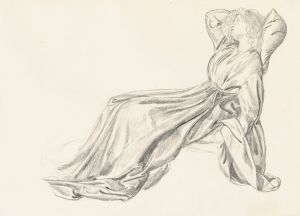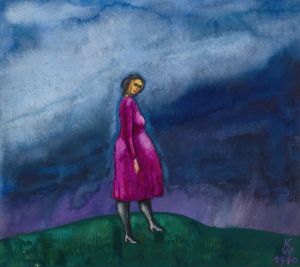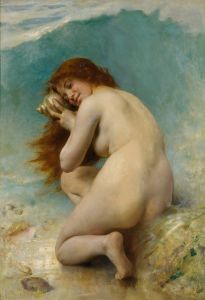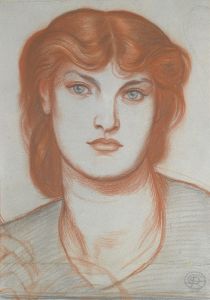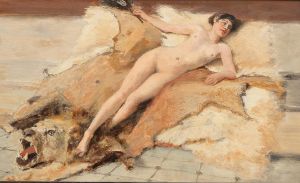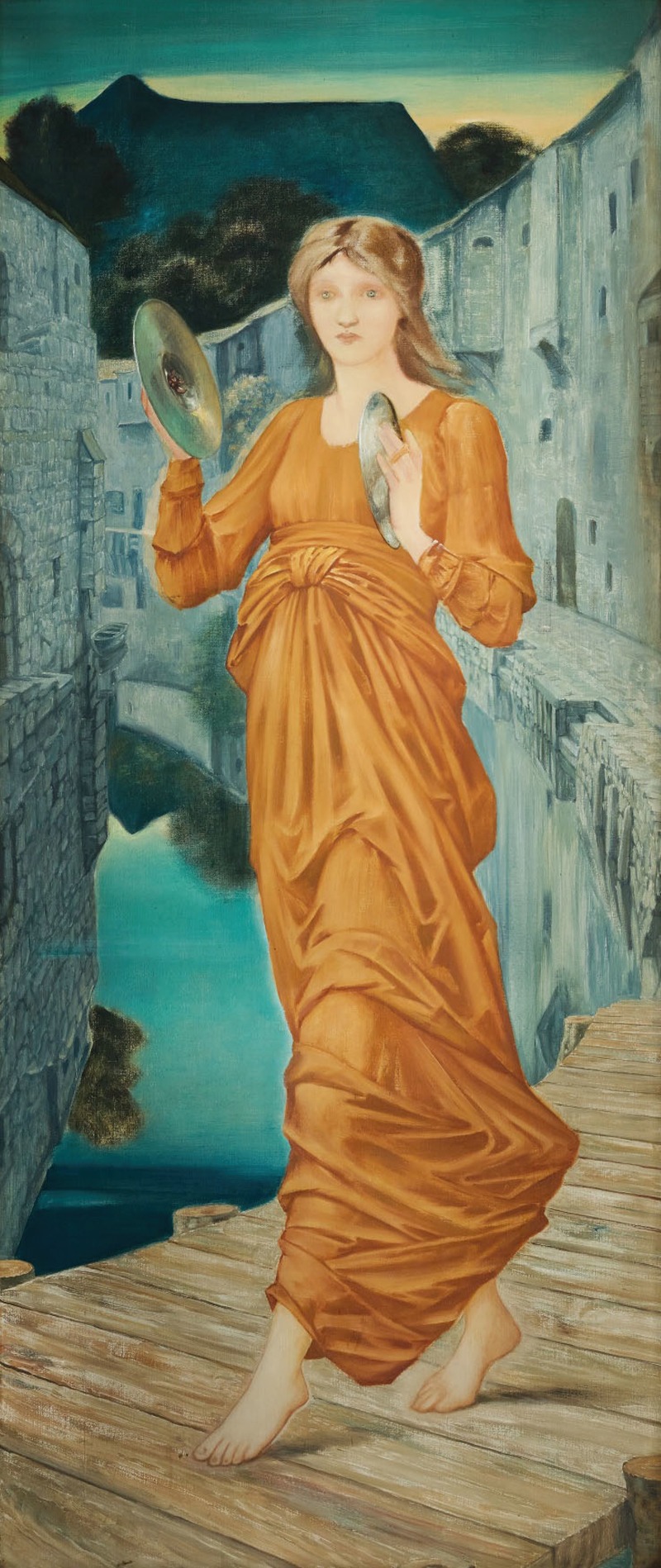
Aurora
A hand-painted replica of Sir Edward Coley Burne-Jones’s masterpiece Aurora, meticulously crafted by professional artists to capture the true essence of the original. Each piece is created with museum-quality canvas and rare mineral pigments, carefully painted by experienced artists with delicate brushstrokes and rich, layered colors to perfectly recreate the texture of the original artwork. Unlike machine-printed reproductions, this hand-painted version brings the painting to life, infused with the artist’s emotions and skill in every stroke. Whether for personal collection or home decoration, it instantly elevates the artistic atmosphere of any space.
Sir Edward Coley Burne-Jones was a prominent British artist and designer closely associated with the Pre-Raphaelite Brotherhood and the later Arts and Crafts Movement. His work is known for its romantic style, intricate detail, and medieval influences. Among his many works, "Aurora" is one of the paintings that exemplifies his artistic vision and technique.
"Aurora" is a painting that captures the essence of Burne-Jones's fascination with mythological and allegorical themes. The painting is named after Aurora, the Roman goddess of dawn, who is often depicted in art and literature as a symbol of renewal and the transition from night to day. In classical mythology, Aurora is known for her beauty and her role in heralding the arrival of the sun.
Burne-Jones's depiction of Aurora is characterized by his signature style, which includes elongated figures, a dreamlike atmosphere, and a rich use of color. The painting likely features Aurora in a graceful pose, surrounded by elements that suggest the breaking of dawn. Burne-Jones was known for his ability to create a sense of movement and fluidity in his compositions, often using drapery and flowing lines to enhance the ethereal quality of his subjects.
The artist's attention to detail is evident in the intricate patterns and textures that are typical of his work. Burne-Jones often drew inspiration from medieval art and literature, and this influence can be seen in the stylized forms and decorative elements present in "Aurora." His use of color is also noteworthy, as he often employed a palette that included soft, muted tones alongside more vibrant hues to create a harmonious and visually striking composition.
Burne-Jones's work, including "Aurora," was part of a broader movement in 19th-century British art that sought to revive the craftsmanship and aesthetic values of the past. The Pre-Raphaelite Brotherhood, with which Burne-Jones was associated, aimed to reject the mechanization and industrialization of the Victorian era, instead emphasizing a return to the detailed and symbolic art of the early Renaissance.
While specific details about the creation and exhibition history of "Aurora" may not be extensively documented, Burne-Jones's broader body of work has been celebrated for its contribution to the revival of interest in mythological and allegorical subjects in art. His paintings often explore themes of beauty, love, and the passage of time, resonating with audiences both in his own time and today.
In summary, "Aurora" by Sir Edward Coley Burne-Jones is a testament to the artist's skill in blending mythological themes with a distinct artistic style. Through his use of color, form, and composition, Burne-Jones captures the timeless allure of the goddess of dawn, reflecting his broader artistic goals of reviving the beauty and craftsmanship of earlier artistic traditions.





